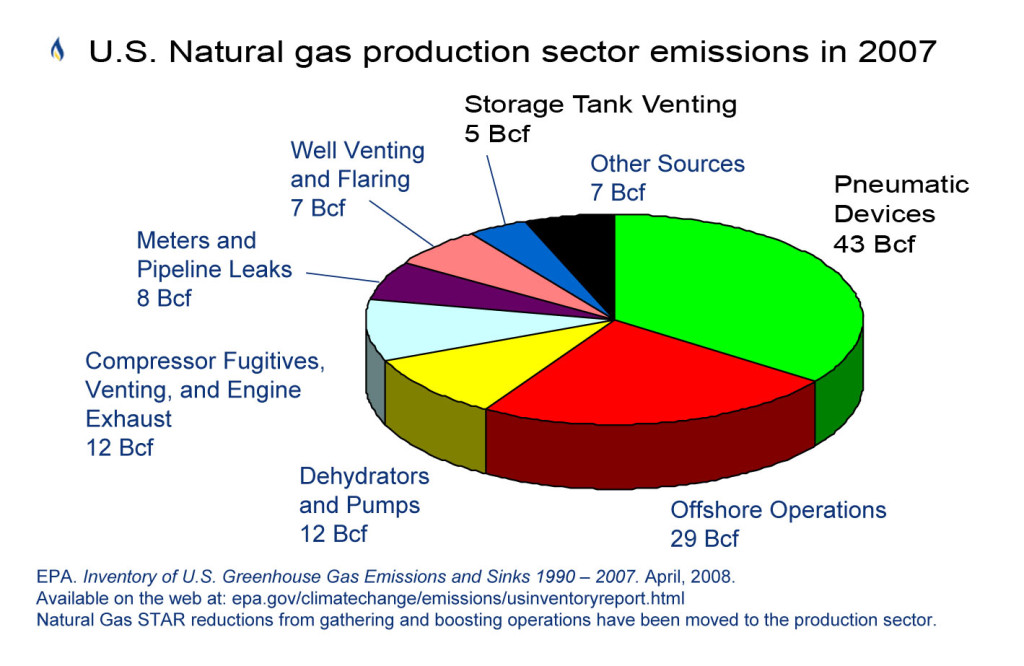
Converting to Compressed Air
Pneumatic instrument systems powered by high-pressure natural gas are often used in the natural gas and petroleum industries for process control including pressure, temperature, liquid level and rate regulation. The constant bleed of natural gas from these controllers is collectively one of the largest sources of methane emissions in the natural gas industry. Companies can achieve significant cost savings and methane emission reductions by converting natural gas-powered pneumatic control systems to compressed instrument air systems.
If electrical power is available on site, you can substitute compressed air for the pressurized natural gas, eliminating methane emissions and providing additional safety benefits.
Converting to compressed air has environmental and economic benefits.
Benefits of Conversion
- Natural GasSTAR Partners have found that most investments to convert pneumatic systems pay for themselves in just over one year.
- Increased life of control devices and improved operational efficiency. Natural gas used in pneumatic control devices often contains corrosive gases that can reduce the effective operating life.
- Using compressed air as an alternative to natural gas eliminates the use of a flammable substance, significantly increasing the safety.
- Reduce methane emissions below actionable levels. By converting to compressed air for controls emissions of a greenhouse gas are significantly reduced.
Five Steps for assessing conversion economics
- Identify possible locations for system installations
- Determine optimal system capacity
- Estimate the project costs
- Estimate gas savings
- Evaluate the economics
The Natural GasSTAR Partners published a twelve page “lessons Learned” article titled “Convert Gas Pneumatic Controls to Instrument Air”. This Executive summary can be viewed and downloaded by clicking the following link.

